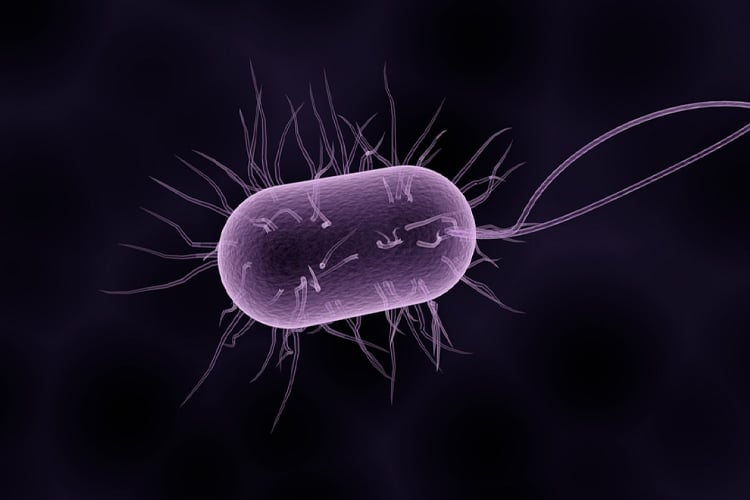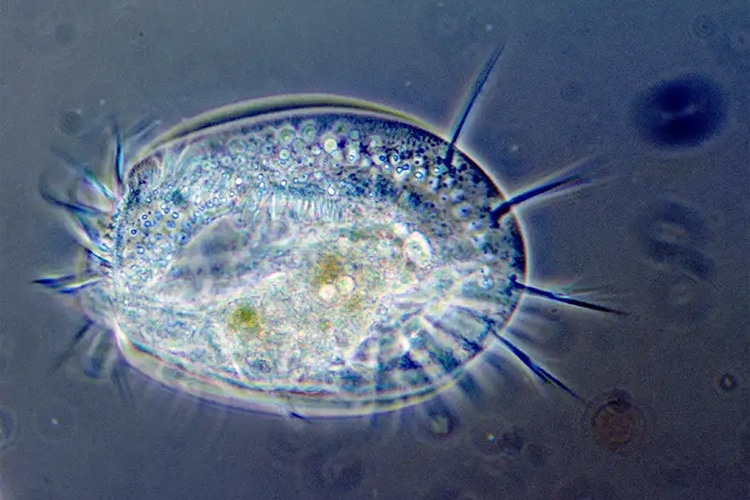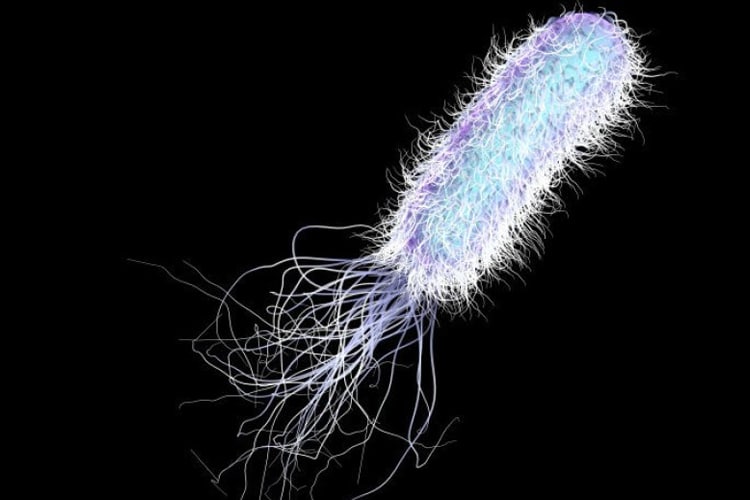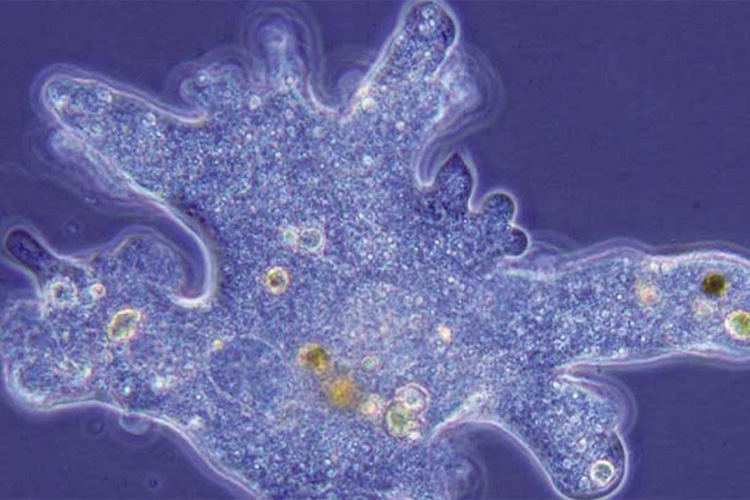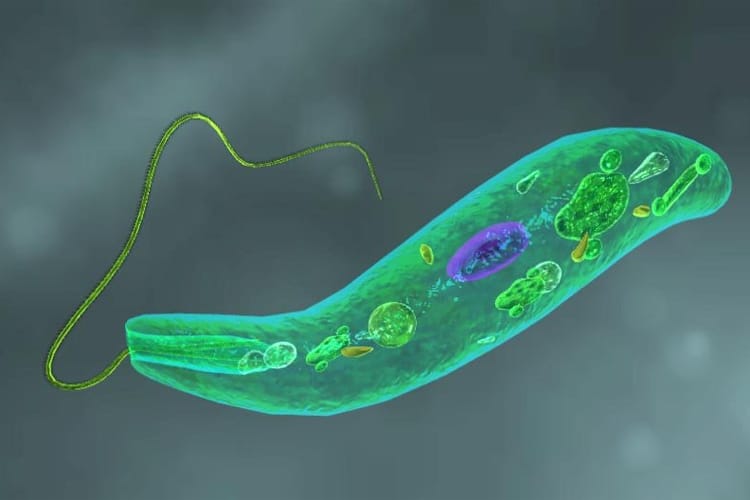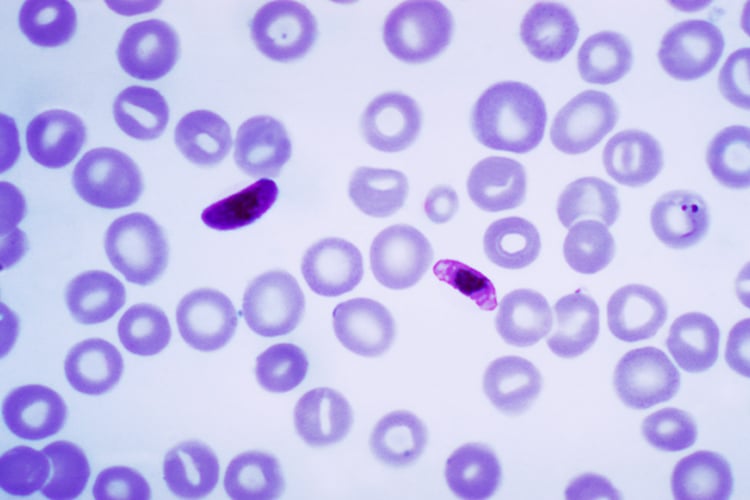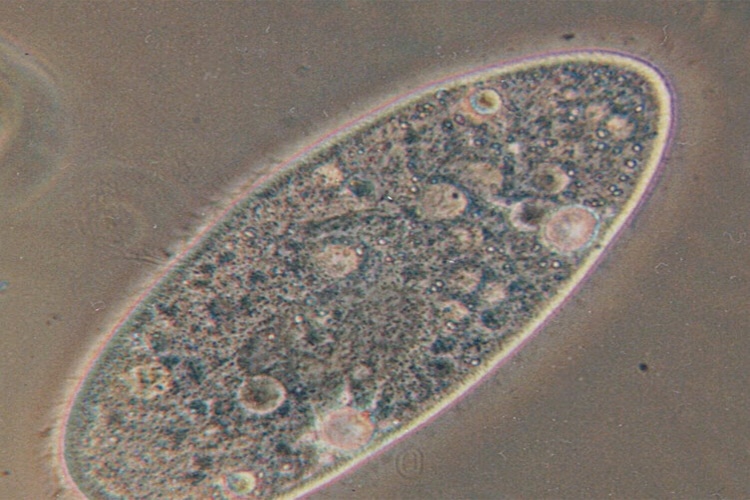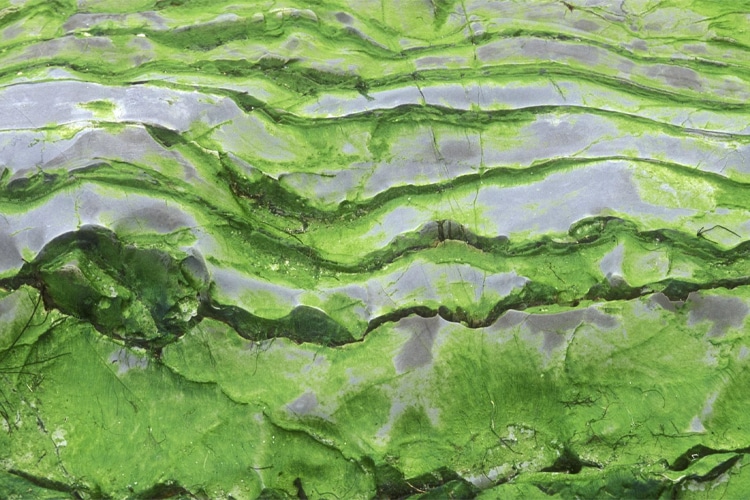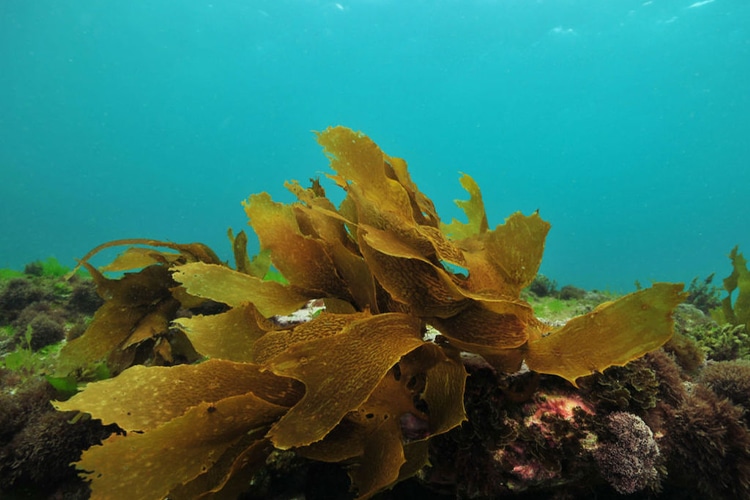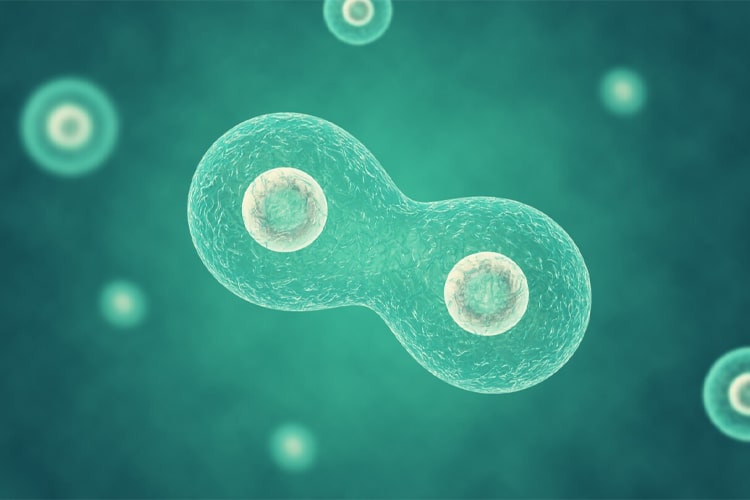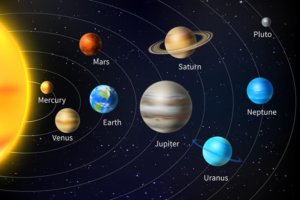Single-celled organisms are one of the most interesting topics in biology. What are single-celled organisms? What do single-celled organisms have in common? What are the characteristics of single-celled organisms? What is the importance of single-celled organisms for ecology, that is, for the world? We have researched the answers to all questions and more for you.
What are single-celled organisms (Protists)?
Unicellular organisms are eukaryotes , that is, organisms that have a nucleus. However, these are neither fungi nor plants. Unicellular organisms are a separate group of living things. Most are single-celled; few are primitive multicellular organisms. Some protozoa have an organ of locomotion (like a camper).
They usually live in water, in moist terrestrial environments or sometimes as parasites. The term Protoctista was coined by John Hogg in the early 1860s to organisms classified as animals, plants, and minerals. It consists of unicellular or primitive multicellular organisms that are not plants, animals and fungi.
Later, the Protoctista group was replaced by Ernst Haeckel’s term protist, that is, single-celled organisms. Thus, the classification of plants, animals and single-celled organisms was formed.
What common denominators do single-celled organisms meet?
All living organisms can be broadly divided into two groups, prokaryotes and eukaryotes, which are distinguished by the complexity of their cells. Unlike prokaryotic cells, eukaryotic cells are highly organized. Bacteria and archaea are prokaryotes while all other living organisms are eukaryotes.
Unicellular organisms and their main features:
- Unicellular are eukaryotes.
- Unicellular have mitochondria.
- Protozoa can be parasitic.
- They usually live in water, but can also be found in soil or moist environment.
- Classified as a member of single-celled creatures, mosses are multicellular and can grow up to 100 feet high.
- Unicellular organisms have a nucleus with organelles attached to the membrane.
- Unicellular can be autotrophic, heterotrophic or symbiotic in nature.
- Most protozoa have locomotion organs such as cilia and flagella.
- They reproduce asexually. In rare cases, they can reproduce sexually under stress.
Amoeba
It is one of the creatures in the group of rhizomes. Amoeba bodies do not have a definite form. They reproduce asexually, that is, they reproduce by division. They usually live in fresh waters. They are the most common single-celled organisms.
noon
Euglena, which is one of the flagellated animals, moves with its whip. It reproduces asexually and reproduces by fission. Euglena have chloroplasts. They do photosynthesis. They have spots in their eyes, so they are sensitive to light.
Malaria Plasmodyu
Malaria plasmodium, which is from the spore group, does not have motility organelles. They reproduce by spores. They cause the disease known as malaria in humans indirectly. Malaria plasmodium lives in the salivary gland of flies. It is transmitted to humans when flies come in contact with the human body and suck blood.
paramezium
Paramecium, which belongs to the group of boiled animals, has cilia. They move with eyelashes. They reproduce asexually and reproduce by division. They feed by mouth. It is the most advanced example of single-celled organisms.
Red Algae
Red algae are usually larger, multicellular colonies, but they also contain smaller microscopic species (unicellular organisms). Most are marine, a few live in fresh water. They also contain reddish pigments that mask the chlorophyll present.
Green Algae
These organisms range from small single cells to much larger colonies. As the name suggests, they contain green chlorophyll. Green algae are diverse and come in a number of forms. Some species have flagella for locomotion. But others are sessile and grow on other objects and even other organisms.
Brown Algae
Brown algae range from small cells to very large colonies. This group includes many; typical marine species such as algae and sargassum.
algae
Algae are both unicellular and multicellular. These single-celled creatures are called plant-like due to the autotrophic nature of these organisms. These single-celled creatures have chloroplasts and synthesize their own food through the process of photosynthesis.
Unicellular organisms and ecological balance
Unicellular organisms are a critical and important part of ecology. They perform many vital activities necessary for ecological balance. It is assumed that if they disappear from the earth, this will lead to the immediate collapse of the earth’s ecology. Some of the critical roles that protozoa play include:
- Unicellular organisms form the basis of the food chain.
- Protozoa feed on bacteria and microbes and thus control the population of bacteria and microbes.
- Autotrophic organisms perform almost 40% of the total photosynthesis on Earth and help reduce global carbon dioxide and fix carbon.
- Molds are primary decomposers in soil, especially in forests, and bacteria, fungi, etc. they are fed with.
- Floating microscopic algae are known as phytoplankton and are a key component of the marine food chain. Whales feed on phytoplankton.
- Many single-celled organisms are ‘mixotrophs’, which form an important component of the aquatic microbial food web.
- Algae help form coral reefs. Red and green coral algae produce a carbonate exoskeleton that eventually forms part of the coral reef.
- Many single-celled organisms are pathogenic and cause diseases in both humans and plants.
- Single-celled creatures that are decomposers help recycle nutrients in the ecosystem.
Some protozoa photosynthesize and produce oxygen. Such single-celled organisms have the potential to produce biofuels. Many single-celled organisms, such as red algae, have been found to have medicinal value. Algae are an extremely rich source of potassium, nitrogen, phosphorus and minerals and are a very good fertilizer or cattle feed supplement. Seaweed is consumed as food in countries such as Japan. Diatoms produce diatomites in their cell walls. It is widely used for various purposes. Cement, plaster, plaster, grouting, tooth impressions, paper, asphalt, paint and pesticides all use diatomite. Diatomite also has abrasive properties.

